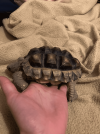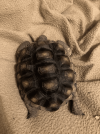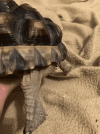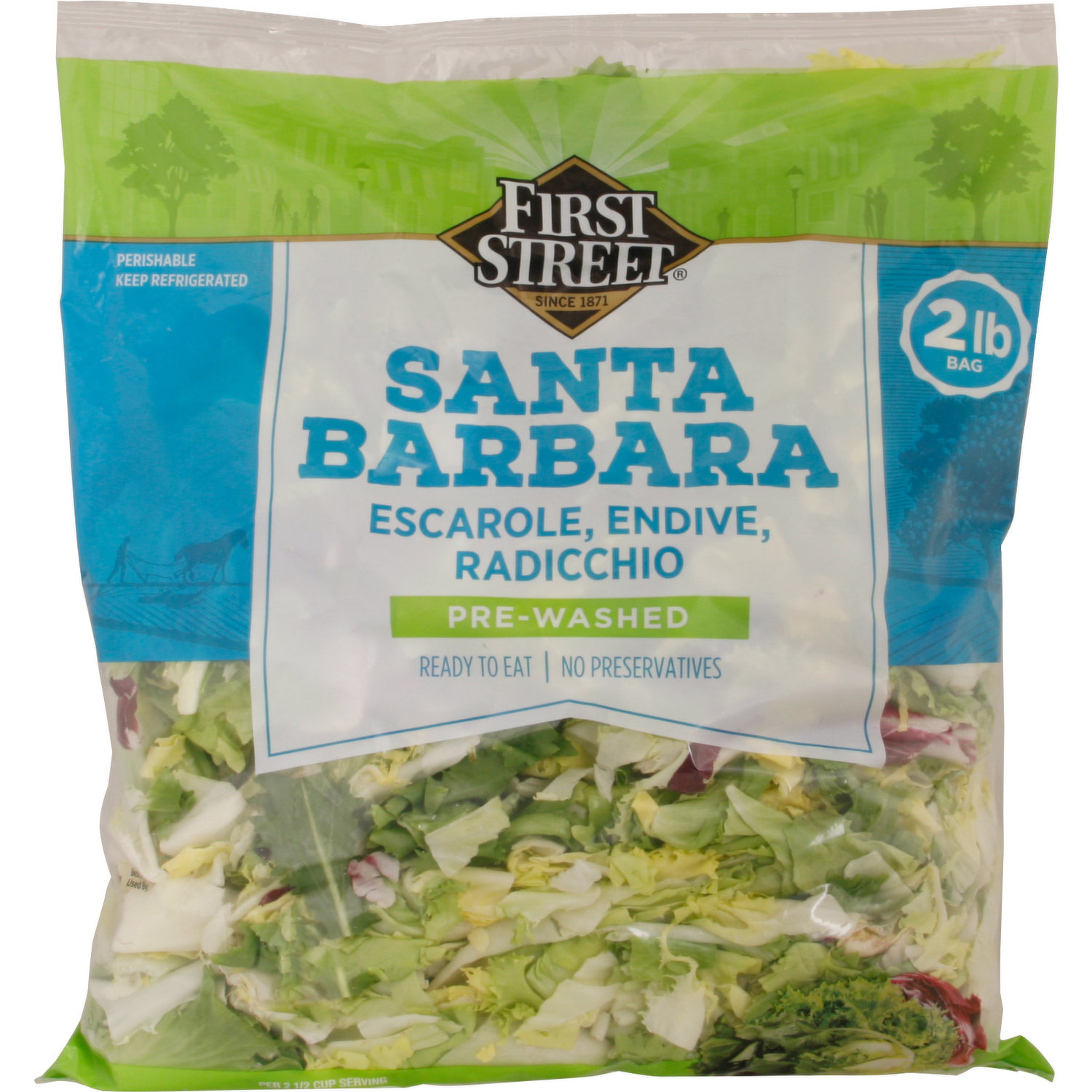tenshi:3
New Member
Hello, I am new! My name is Tenshi and my tortoise is named Raphaelina after the Teenage Mutant Ninga Turtle Raphael.
I have a Chaco tortoise from Santiago del Estero, Argentina. I have had her (?) for about 5 years now. I live in Seattle area, I'll admit I only fed her what I knew she liked like dandelion leaves, plantain leaves, clover, iceberg lettuce, romaine, squash, avocado, watermelon and the occasional orange/ mandarin. She has a very restricted diet and I keep her inside all year with her UVB light in a somewhat tight enclosure that she grew out of.
Can someone tell me if they can ID her sex yet?
THANKS
I have a Chaco tortoise from Santiago del Estero, Argentina. I have had her (?) for about 5 years now. I live in Seattle area, I'll admit I only fed her what I knew she liked like dandelion leaves, plantain leaves, clover, iceberg lettuce, romaine, squash, avocado, watermelon and the occasional orange/ mandarin. She has a very restricted diet and I keep her inside all year with her UVB light in a somewhat tight enclosure that she grew out of.
Can someone tell me if they can ID her sex yet?
THANKS







